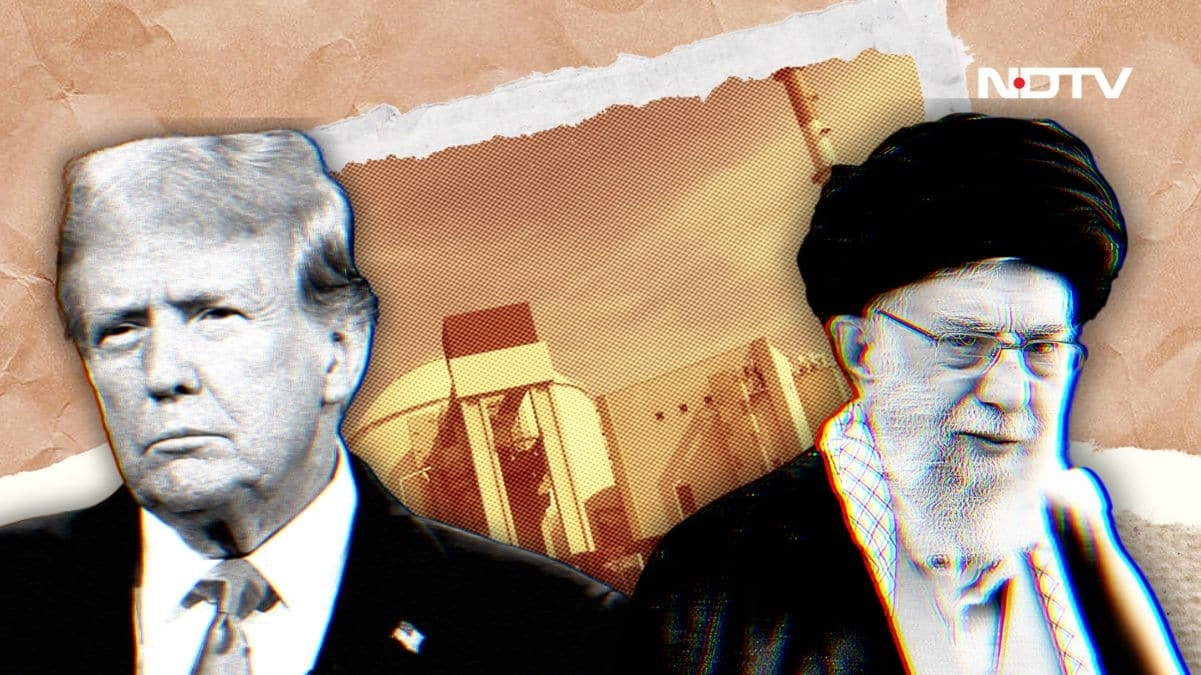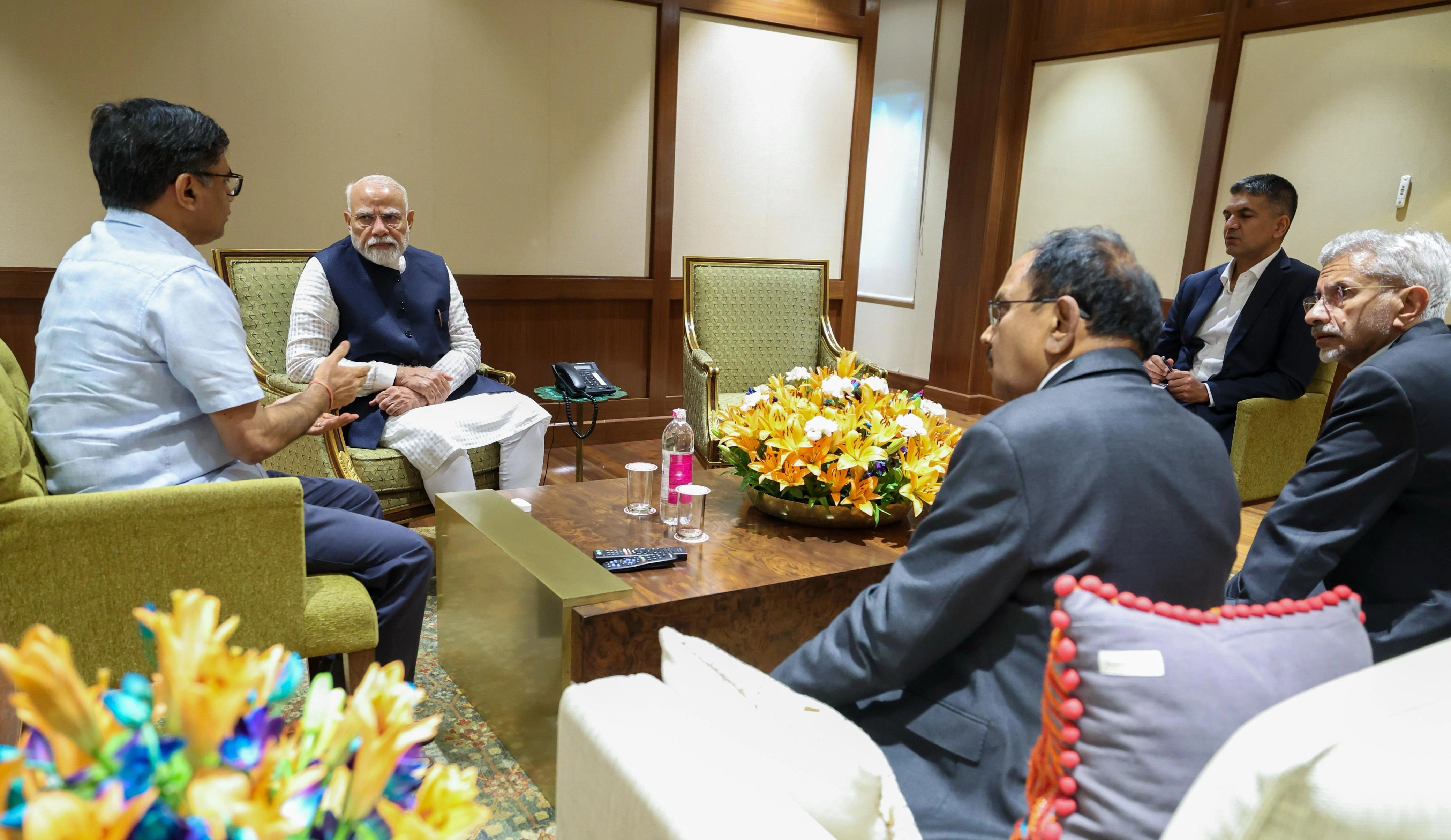In the complex world of international politics, few relationships are as fraught and contentious as that between the United States and Iran, particularly under the leadership of President Donald Trump and Ayatollah Ali Khamenei. Both leaders embody a style of governance that seems to prioritize personal ideology over diplomatic nuance, often leading to escalated tensions rather than constructive dialogue. Trump’s approach to foreign policy has been characterized by a penchant for confrontation, particularly in relation to Iran, where his administration’s withdrawal from the nuclear deal in 2018 marked a significant turning point. This move not only strained the longstanding relationship between the two nations but also set off a chain reaction of hostilities that have continued to disrupt peace efforts in the region.
On the other side, Khamenei’s regime has maintained a hardline stance, viewing the U.S. as an existential threat to Iran’s sovereignty. The Ayatollah’s rhetoric has often been incendiary, portraying the U.S. as the “Great Satan,” and reinforcing a narrative that casts Iran as a victim of American imperialism. This ideological clash has led to a dangerous cycle of aggression, where both leaders seem to thrive on the adversarial nature of their relationship, often to the detriment of their respective populations. The citizens of both nations are left to grapple with the consequences of their leaders’ choices, facing economic hardships, increased militarization, and a pervasive atmosphere of fear and uncertainty.
What is particularly troubling is that neither leader appears willing to compromise or seek common ground, which raises the question of whether their positions might ultimately lead to a situation where both could lose. As tensions escalate, the prospect of conflict looms larger, creating a volatile environment that could engulf not just the U.S. and Iran but also the wider Middle East. The lack of diplomatic engagement and the absence of backchannel communications exacerbate this situation, leaving both nations in a precarious state. In a world that increasingly demands cooperation to overcome global challenges, the rigid stances of Trump and Khamenei represent a tragic misalignment of priorities, where personal and nationalistic agendas overshadow the potential for peace.
Ultimately, the hope for a resolution lies in the ability of future leaders to break this cycle of animosity. It is essential for both the U.S. and Iran to recognize the human cost of their ongoing feud and to strive for a more constructive relationship. While it may seem like a distant dream, a future where both nations can engage in meaningful dialogue and work towards mutual interests would serve not only their citizens but also contribute to stability in a region that has long been marked by conflict. As it stands, the current trajectory under Trump and Khamenei suggests that both leaders remain entrenched in their positions, leaving the world to ponder the dire implications of their continued rivalry.




